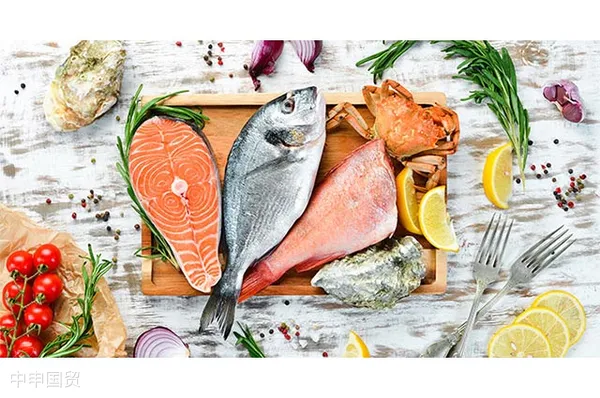- Shanghai Zhongshen International Trade Co., Ltd. - Two decades of trade agency expertise.
- Service Hotline: 139 1787 2118
Salmon, hailed as the "treasure of the waters," has gradually made its way onto the dining tables of the general public. As an aquatic product rich in unsaturated fatty acids and high nutritional value, the popularity of salmon has also sparked attention to its import processes and regulatory oversight.

I. Overview of Salmon
Salmon, also known as chum salmon, Atlantic salmon, or sockeye salmon, is primarily found in the waters where the Atlantic, Pacific, and Arctic Oceans converge. As a cold-water, highly migratory fish, salmon is renowned for its delicious and nutritious flesh, earning it the title of "King of the Icy Seas."
II. Import Review and Approval
Not all salmon products from countries (regions) can enter the Chinese market. The General Administration of Customs will first evaluate and review the food safety management systems and food conditions of overseas countries (regions). Only countries (regions) that pass the evaluation will be included in the List of Countries or Regions Exporting Food to China that Meet the Requirements of Evaluation and Review and Have Traditional Trade. Currently, China allows the import of Atlantic salmon from 30 countries (regions) including Norway, Chile, Argentina, Ireland, Estonia, Australia, Belgium, Iceland, Poland, Denmark, Poland, Germany, Russia, France, Finland, the Netherlands, etc. And 20 countries (regions) including Chile, Norway, the United States, Canada, and New Zealand are allowed to import Pacific salmon.
Overseas manufacturers of imported food must be registered with the General Administration of Customs and meet a series of conditions, such as the evaluation and review of the food safety management system, legal production and export, and compliance with relevant Chinese laws, regulations, and national food safety standards.
III. Goods Inspection and Traceability
After the goods arrive at the port, the customs will inspect the goods in accordance with the law. During this process, the container number and seal number will be checked with emphasis, the labels and markings of the goods will be verified, and laboratory tests will be carried out in proportion.
When consumers purchase imported salmon, they can ask the seller for the Inspection and Quarantine Certificate for Entry Goods to ensure that the goods have passed the customs inspection and quarantine. This certificate is a traceability clue for the safety of imported aquatic products, which can trace back to the foreign breeding factory or the specific fishing area and breeding method.
The deliciousness and nutrition of salmon have made it a choice on many peoples dining tables. However, the strict import review, licensing and inspection procedures behind it ensure the safety and compliance of every piece of salmon. This process not only reflects the emphasis on food safety, but also provides consumers with transparent traceability of the food source.
Related Recommendations
? 2025. All Rights Reserved. Shanghai ICP No. 2023007705-2  PSB Record: Shanghai No.31011502009912
PSB Record: Shanghai No.31011502009912










